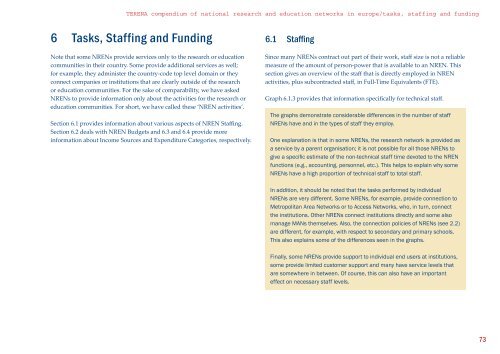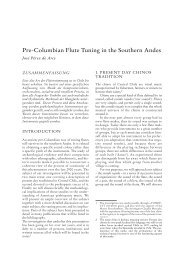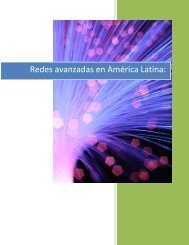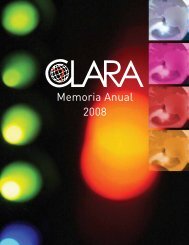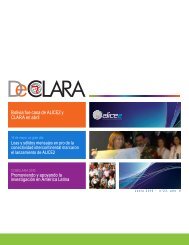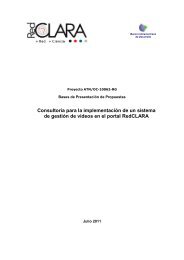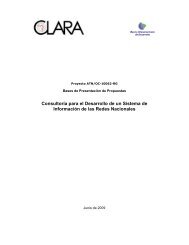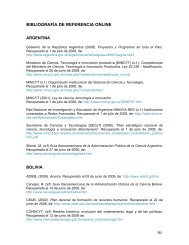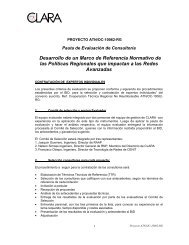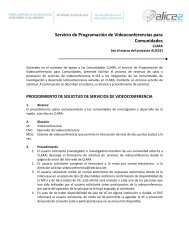full PDF version (2.1 MB) - Terena
full PDF version (2.1 MB) - Terena
full PDF version (2.1 MB) - Terena
- No tags were found...
You also want an ePaper? Increase the reach of your titles
YUMPU automatically turns print PDFs into web optimized ePapers that Google loves.
TERENA compendium of national research and education networks in europe/tasks, staffing and funding6 Tasks, Staffing and FundingNote that some NRENs provide services only to the research or educationcommunities in their country. Some provide additional services as well;for example, they administer the country-code top level domain or theyconnect companies or institutions that are clearly outside of the researchor education communities. For the sake of comparability, we have askedNRENs to provide information only about the activities for the research oreducation communities. For short, we have called these ‘NREN activities’.Section 6.1 provides information about various aspects of NREN Staffing.Section 6.2 deals with NREN Budgets and 6.3 and 6.4 provide moreinformation about Income Sources and Expenditure Categories, respectively.6.1 StaffingSince many NRENs contract out part of their work, staff size is not a reliablemeasure of the amount of person-power that is available to an NREN. Thissection gives an overview of the staff that is directly employed in NRENactivities, plus subcontracted staff, in Full-Time Equivalents (FTE).Graph 6.1.3 provides that information specifically for technical staff.The graphs demonstrate considerable differences in the number of staffNRENs have and in the types of staff they employ.One explanation is that in some NRENs, the research network is provided asa service by a parent organisation; it is not possible for all those NRENs togive a specific estimate of the non-technical staff time devoted to the NRENfunctions (e.g., accounting, personnel, etc.). This helps to explain why someNRENs have a high proportion of technical staff to total staff.In addition, it should be noted that the tasks performed by individualNRENs are very different. Some NRENs, for example, provide connection toMetropolitan Area Networks or to Access Networks, who, in turn, connectthe institutions. Other NRENs connect institutions directly and some alsomanage MANs themselves. Also, the connection policies of NRENs (see 2.2)are different, for example, with respect to secondary and primary schools.This also explains some of the differences seen in the graphs.Finally, some NRENs provide support to individual end users at institutions,some provide limited customer support and many have service levels thatare somewhere in between. Of course, this can also have an importanteffect on necessary staff levels.73


